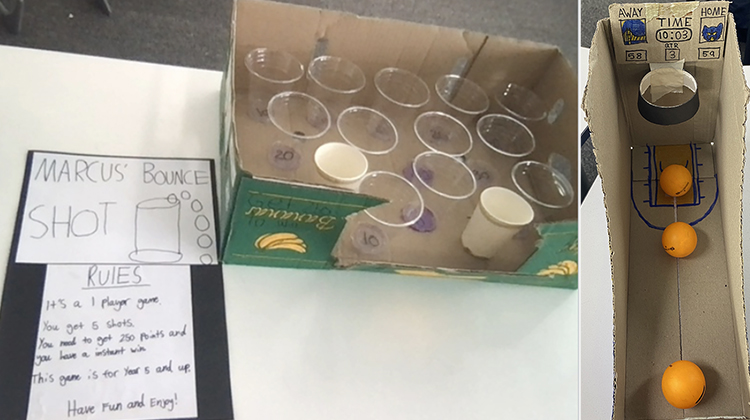How to Incorporate Sustainability Into Your School's Curriculum

In the wake of devastating floods and bushfires across Australia, the looming threat of environmental crisis is one that school-aged children are being exposed to now more than ever. Unsurprisingly, the impact is alarming, with a recent study revealing that 45% of young people believe negative feelings about climate change are affecting their everyday life and functioning.
With eco-anxiety taking its toll on student well-being, it’s critical for schools to nurture feelings of empowerment and resilience about the future. As we’ve seen first-hand at Waverley College, the best way to do this is by incorporating sustainability into the curriculum in a few key ways.
Use Deeper Learning to Engage Students
Whether it’s via social media, the news, or being directly impacted by natural disasters, young people have seen the consequences of unsustainable practices with their own eyes. With this in mind, schools must teach sustainability in a tangible way that adds value to the lives of students.
The deeper learning method is ideal for this approach, as it provides students with theoretical knowledge that can then be applied to a hands-on task. With this approach, teachers should set practical learning projects that demonstrate how students can create meaningful change in the world on an individual level.
For example, at Waverley College we recently created the Sustainable Citizens Unit, where students learned about the real-world problem of waste and the effects it has on our environment. In addition to learning the fundamentals of recycling and the benefits of upcycling, students were tasked with brainstorming ways they could reuse waste items.
This unit culminated in students each creating a game made from 100% recycled materials and reflecting on the scientific process of testing, adjusting, and re-testing the project until it was completed. Throughout this process, students learned valuable sustainability skills while also developing a sense of power and responsibility when it came to their role in sustainable living.
Take a Multi-disciplinary Approach to Teaching Sustainability
For students and teachers alike, sustainability may feel like an overwhelming topic to tackle. As a subject that touches upon many different aspects of life and learning, it can feel difficult to translate this to the classroom. With this in mind, rather than making it a self-contained subject, sustainability should instead be woven into various subjects that demonstrate its wide-ranging relevance in students’ lives.
The great news is that recent updates to the Australian curriculum make this approach easier than ever for teachers to implement. There are now 32 instances where climate change and sustainability are mentioned in the curriculum, covering subjects such as geography, civics and citizenship, science, mathematics, and history.
With ample teaching opportunities available, students will be given various engaging ways to learn about the subject. For example, teachers can include inspiring examples of climate activists such as Greta Thunberg in civics and citizenship lessons, explore the issue of the Great Pacific garbage patch in geography, or calculate the amount of waste produced in the classroom per week for mathematics. Using this multi-disciplinary method of teaching, schools can better equip students with the practical skills and theoretical knowledge needed for a more sustainable world.
Encourage Eco-conscious Attitudes
As environmental issues weigh heavy on the minds of young people, incorporating sustainability into the curriculum can foster improved well-being both in school and at home. Encouraging students to develop a sustainability mindset is a great way to develop a sense of purpose and enthusiasm for a future that might otherwise feel confronting and disempowering.
For example, establishing your classroom as an ‘eco room’ and encouraging students to make more sustainable choices will help to facilitate eco-conscious attitudes. This can be as simple as tasking students to reduce, reuse and recycle wherever possible. Whether it be repurposing scrap paper for projects, thinking twice before using single-use plastics, or learning how to recycle materials at the end of the day, students can apply critical thinking and learn how every action - big or small - can make a difference.
As the world continues to grapple with environmental crises, educators must use this opportunity to teach students about the importance of sustainability and the power they have to make changes within their communities. Not only will this enrich their academic lives and prepare them for a future where sustainable living is necessary, but it will help to combat the eco-anxiety so many students are currently facing.
Jade Sparks has been a primary school teacher for two years, including the last year at Waverley College Junior School in Sydney, where she teaches Year 6. Previously, she taught at a regional school in Coonamble, NSW. She holds a B.Ed. Hons. (USyd). Jade’s pedagogy is a combination of student-centred, inquiry-based learning as well as direct instruction. She uses high expectations and positive behaviour in her practice, to encourage students to strive to achieve their best. Jade enjoys professional development and creating rich, deep learning programs for teaching and learning.